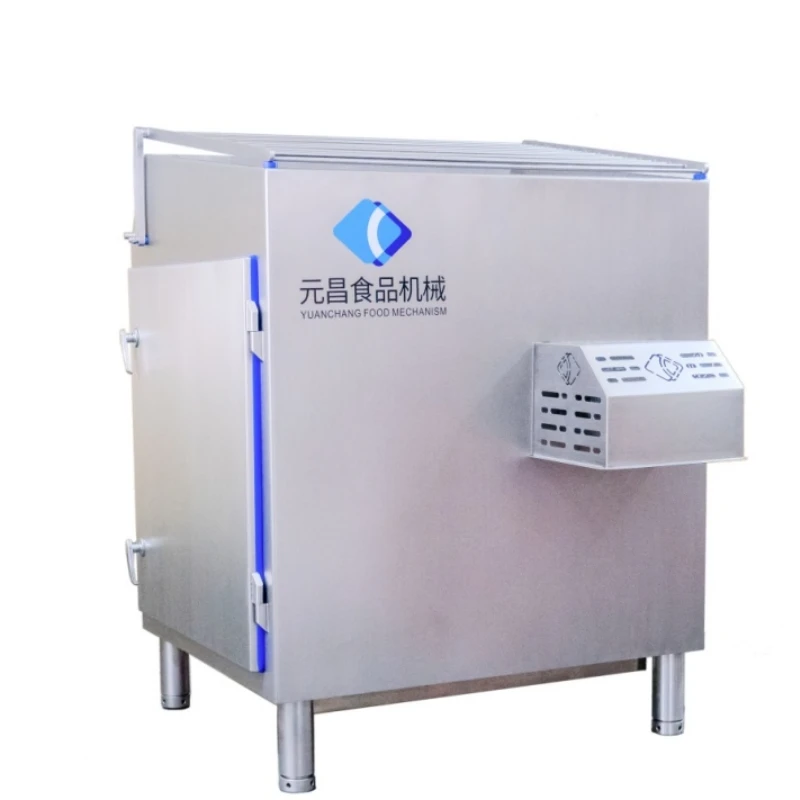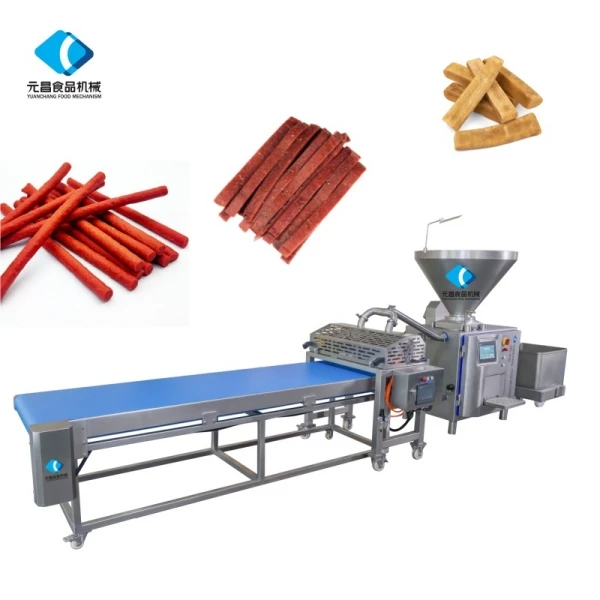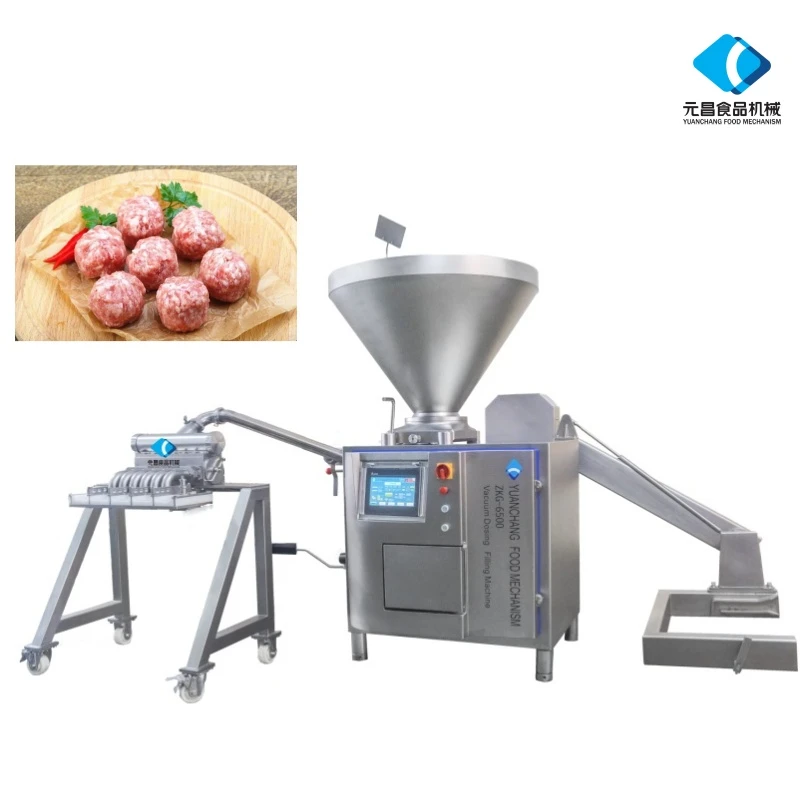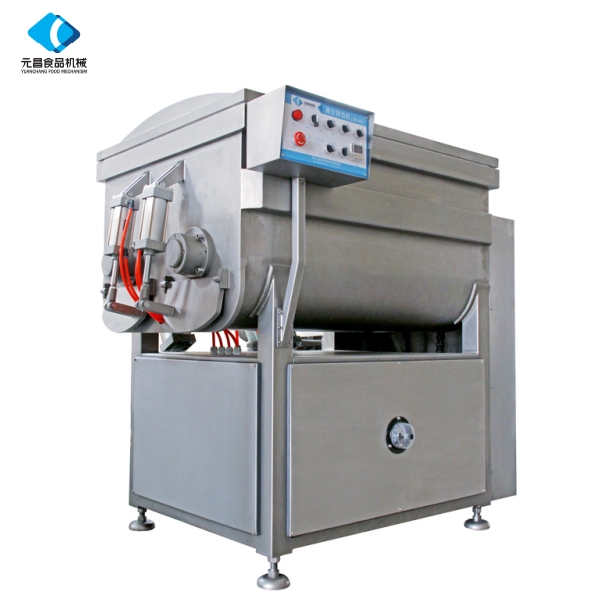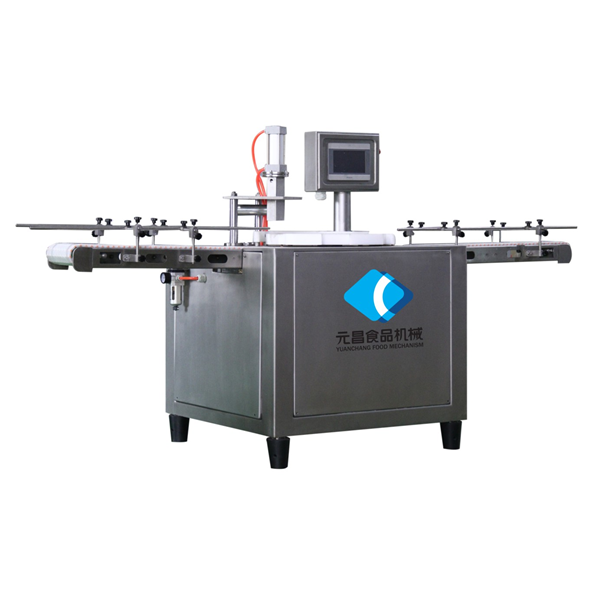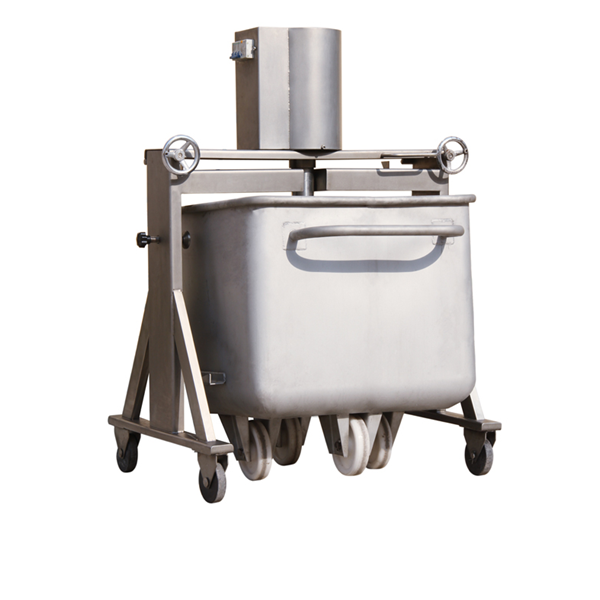- Afrikaans
- Albanian
- Amharic
- Arabic
- Armenian
- Azerbaijani
- Basque
- Belarusian
- Bengali
- Bosnian
- Bulgarian
- Catalan
- Cebuano
- chinese_simplified
- chinese_traditional
- Corsican
- Croatian
- Czech
- Danish
- Dutch
- English
- Esperanto
- Estonian
- Finnish
- French
- Frisian
- Galician
- Georgian
- German
- Greek
- Gujarati
- haitian_creole
- hausa
- hawaiian
- Hebrew
- Hindi
- Miao
- Hungarian
- Icelandic
- igbo
- Indonesian
- irish
- Italian
- Japanese
- Javanese
- Kannada
- kazakh
- Khmer
- Rwandese
- Korean
- Kurdish
- Kyrgyz
- Lao
- Latin
- Latvian
- Lithuanian
- Luxembourgish
- Macedonian
- Malgashi
- Malay
- Malayalam
- Maltese
- Maori
- Marathi
- Mongolian
- Myanmar
- Nepali
- Norwegian
- Norwegian
- Occitan
- Pashto
- Persian
- Polish
- Portuguese
- Punjabi
- Romanian
- Russian
- Samoan
- scottish-gaelic
- Serbian
- Sesotho
- Shona
- Sindhi
- Sinhala
- Slovak
- Slovenian
- Somali
- Spanish
- Sundanese
- Swahili
- Swedish
- Tagalog
- Tajik
- Tamil
- Tatar
- Telugu
- Thai
- Turkish
- Turkmen
- Ukrainian
- Urdu
- Uighur
- Uzbek
- Vietnamese
- Welsh
- Bantu
- Yiddish
- Yoruba
- Zulu
Heavy Duty Meat Mincer & Grinder Multi-Use Kitchen Tool
- The Fundamentals of Modern Meat Processing Equipment
- Engineering Excellence Behind Meat Grinders
- Performance Comparison: Industry-Leading Models
- Custom Solutions for Commercial Processing
- Industry Applications Across Food Sectors
- Operational Efficiency and Safety Features
- Choosing Optimal Meat Mincer and Grinder Systems

(meat mincer and grinder)
The Essential Role of Meat Mincer and Grinder Technology
Contemporary meat processing demands specialized equipment to achieve precise texture, consistency, and quality. Meat mincer and grinder systems form the operational backbone of butcheries, commercial kitchens, and food production facilities. Modern units combine rotational force and blade calibration to transform primal cuts into uniform ground products, sausages fillings, or burger patties. Industry studies indicate facilities utilizing commercial-grade mincer and grinder setups reduce processing time by 60% compared to manual methods while improving yield consistency by 45%.
Engineering Superiority in Grinding Mechanisms
Industrial grinders utilize hardened stainless steel cutting blades rotating at 1500-2800 RPM against precisely perforated plates. High-torque motors (0.5-3 HP) maintain consistent power under load, preventing meat from smearing during operation. The most advanced models incorporate temperature monitoring sensors that automatically adjust motor speed when internal components exceed 4°C (39°F), preserving protein integrity. Dual-stage units perform coarse grinding through 8-10mm plates, then fine-mincing through 3-5mm plates in a continuous operation, increasing throughput by 70%.
Commercial Meat Grinder Performance Analysis
| Manufacturer | Model Series | Throughput/Hour | Plastic Reduction (%) | Noise Level | Annual Failure Rate |
|---|---|---|---|---|---|
| Torrey | M-22 | 1,900 lbs | 67 | 79 dB | 2.1% |
| Biro | 334XHD | 2,650 lbs | 72 | 82 dB | 1.8% |
| Hobart | 4732A | 1,250 lbs | 58 | 74 dB | 3.4% |
Recent NSF-certified testing demonstrates significant variance in output efficiency between brands. Premium units feature helical gear systems distributing mechanical stress more evenly than spur gears, extending operational lifespan beyond 15,000 service hours. Models scoring highest in plastic reduction utilize reinforced auger shafts with tolerance margins below 0.03mm.
Custom Configuration Possibilities
Processing facilities requiring specialized outputs implement modified mincer and grinder systems. Poultry operations often integrate bone separation screens, while charcuterie producers use vacuum-feed attachments to eliminate air pockets in emulsified mixtures. Several manufacturers now offer digital texture control allowing operators to program 0.1mm precision in final particle size. A German auto manufacturer recently commissioned 14 integrated units with inline fat analysis sensors and AI-driven grinding adjustments calibrated to exact fat/lean ratios.
Operational Applications Across Industries
Grinder and mincer systems serve diverse sectors beyond traditional meat processing. Pet food producers utilize heavy-duty units to process 3,500 lbs/hour of raw materials into uniform kibble mixtures. Military ration manufacturers operate USDA-compliant systems producing shelf-stable ground proteins with exact 12% fat content specifications. Surprisingly, 22% of commercial mushroom farms now repurpose grinders for substrate processing, leveraging adjustable blades to achieve ideal fiber integrity for mycelium growth.
Critical Operational Metrics
Optimal mincer and grinder output requires controlling three operational parameters: product temperature below 4°C (39°F), feed rate consistency within 5% variance, and blade-to-plate clearance under 0.1mm. Units with thermal overload protection automatically pause operations when motor temperature reaches 65°C (149°F), preventing catastrophic failure. Recent EPDM gasket replacements reduce bacterial adhesion risks by 83% compared to traditional rubber seals, while magnetic bowl safeguards prevent metal contamination.
Selecting Future-Proof Meat Grinder Solutions
Facilities evaluating mincer and grinder investments should prioritize NSF-certified models with at least IPX4 water resistance. Commercial processors handling over 2,000 lbs daily require 2.5HP motors with hardened steel gearboxes. Modular designs allowing component upgrades prove most cost-efficient - operations installing auto-sharpening blade systems report 37% longer service intervals between replacements. As industry regulations tighten, units supporting automated cleaning cycles with integrated allergen removal protocols deliver significant compliance advantages over conventional mincer and grinder equipment.

(meat mincer and grinder)
FAQS on meat mincer and grinder
Q: What is a meat mincer and grinder used for?
A: A meat mincer and grinder is a kitchen appliance designed to grind raw or cooked meat into fine or coarse textures. It can also process vegetables, nuts, or other ingredients for recipes like sausages or burgers. Ideal for home cooks or butchers needing custom meat textures.
Q: How do I clean a mincer and grinder properly?
A: Disassemble the parts and wash them with warm soapy water, ensuring no meat residue remains. Avoid submerging the motor base in water. Dry components thoroughly before reassembly to prevent rust or damage.
Q: Can a grinder and mincer handle frozen meat?
A: No, grinding frozen meat can damage the blades and motor. Always partially thaw meat to a chilled but pliable state before processing. This ensures smoother operation and prolongs the appliance's lifespan.
Q: What features should I look for in a meat mincer and grinder?
A: Prioritize a sturdy metal construction, multiple grinding plates (fine/coarse), and a powerful motor (300W+). Easy assembly, reverse function, and dishwasher-safe parts add convenience. Check for safety locks and warranty coverage too.
Q: Can I use a mincer and grinder for non-meat items?
A: Yes, many models can grind vegetables, nuts, or breadcrumbs. Ensure the appliance is thoroughly cleaned after processing meat to avoid cross-contamination. Check the manual for recommended uses and limitations.
-
Heavy-Duty Sausage Mincer Machine Commercial & Home Meat GrindingNewsMay.31,2025
-
Commercial Bowl Cutters Heavy-Duty Meat Processing SolutionsNewsMay.31,2025
-
Industrial Meat Grinder Machines Heavy-Duty & Commercial UseNewsMay.31,2025
-
High-Speed Chopper Bowl Cutters Efficient Meat Grinding & MixingNewsMay.31,2025
-
Commercial-Grade Meat Equipment for Sale - Durable & Efficient SolutionsNewsMay.31,2025
-
Industrial Meat & Bone Grinder Heavy-Duty Commercial Mincing SolutionsNewsMay.31,2025



